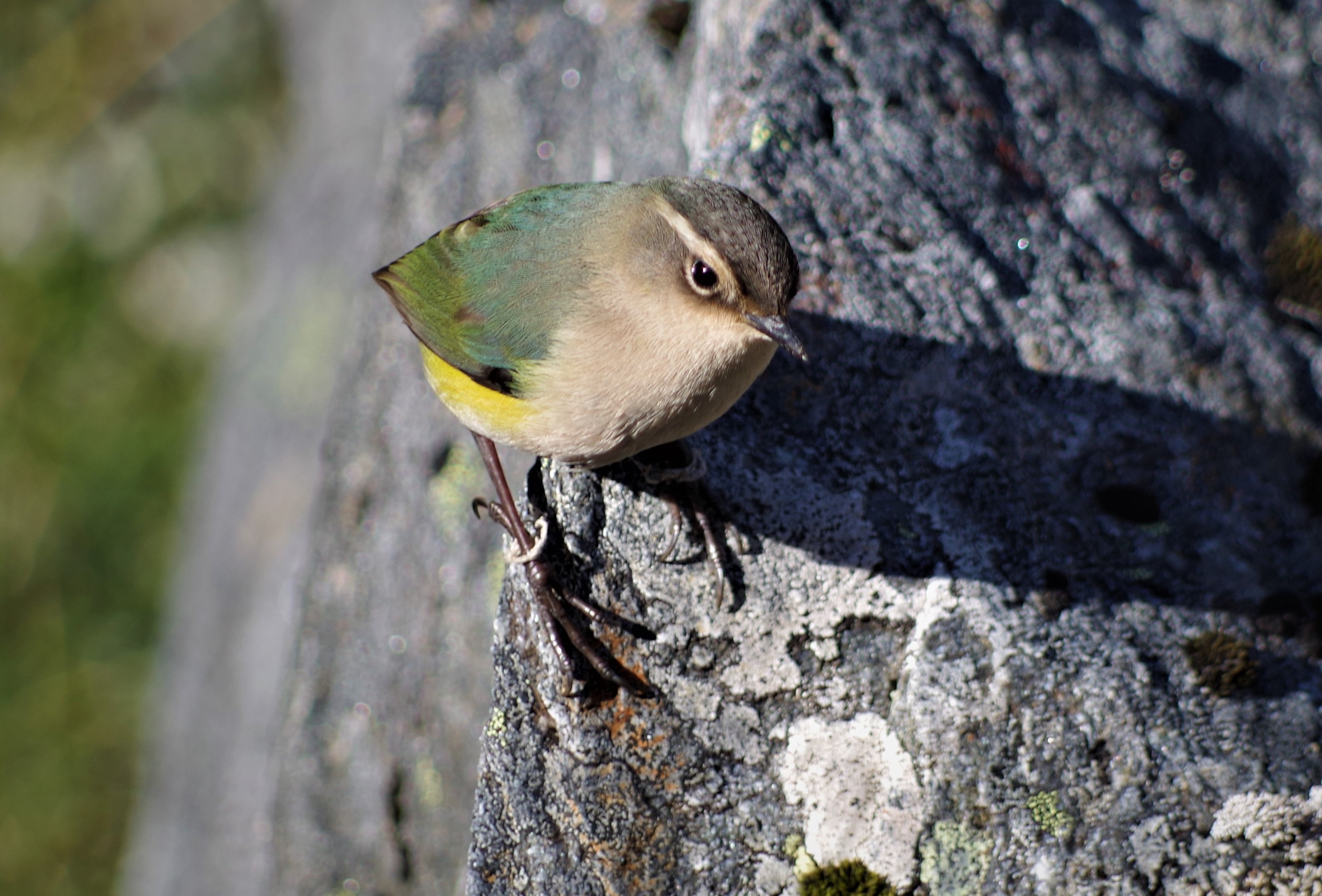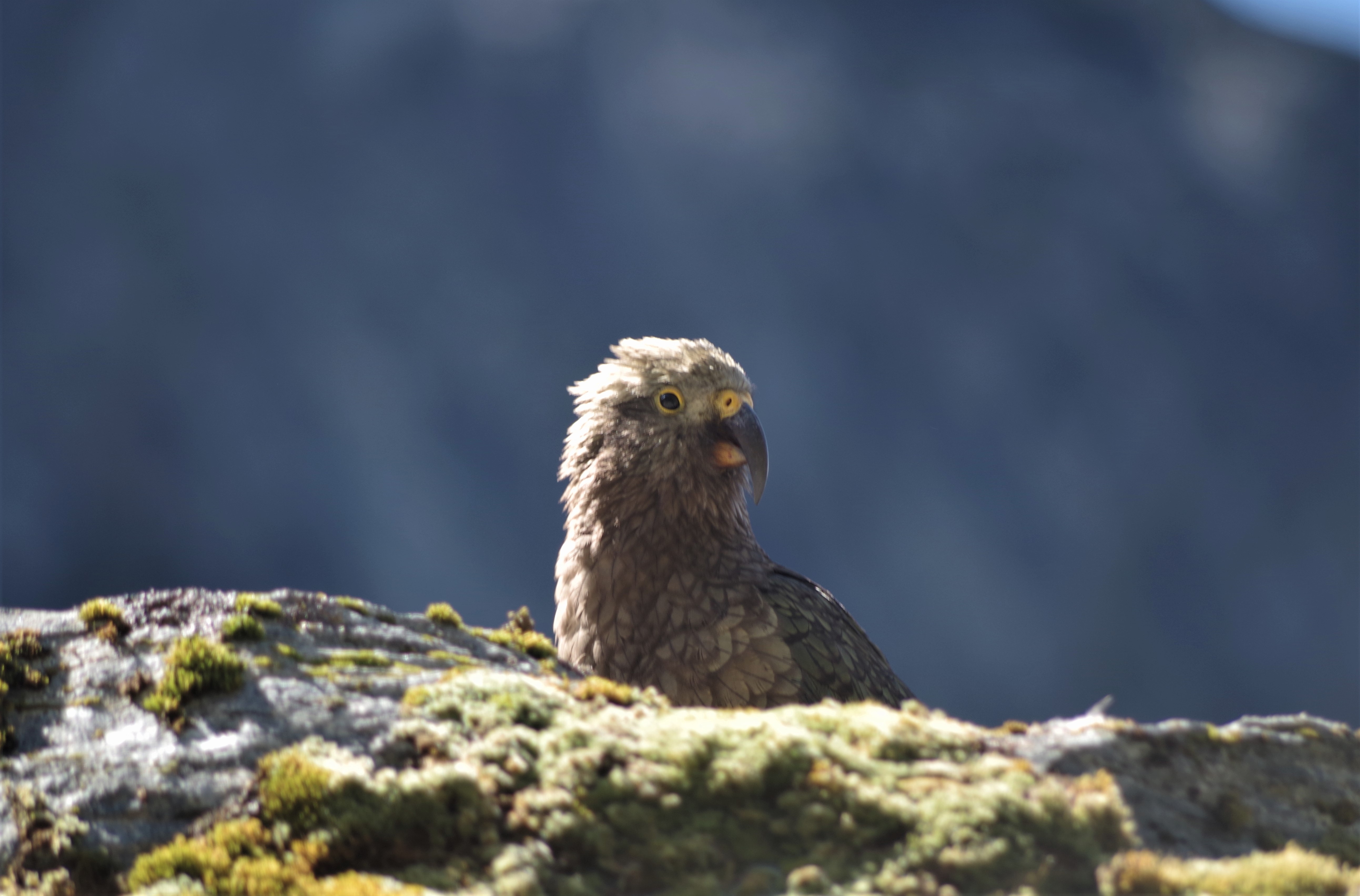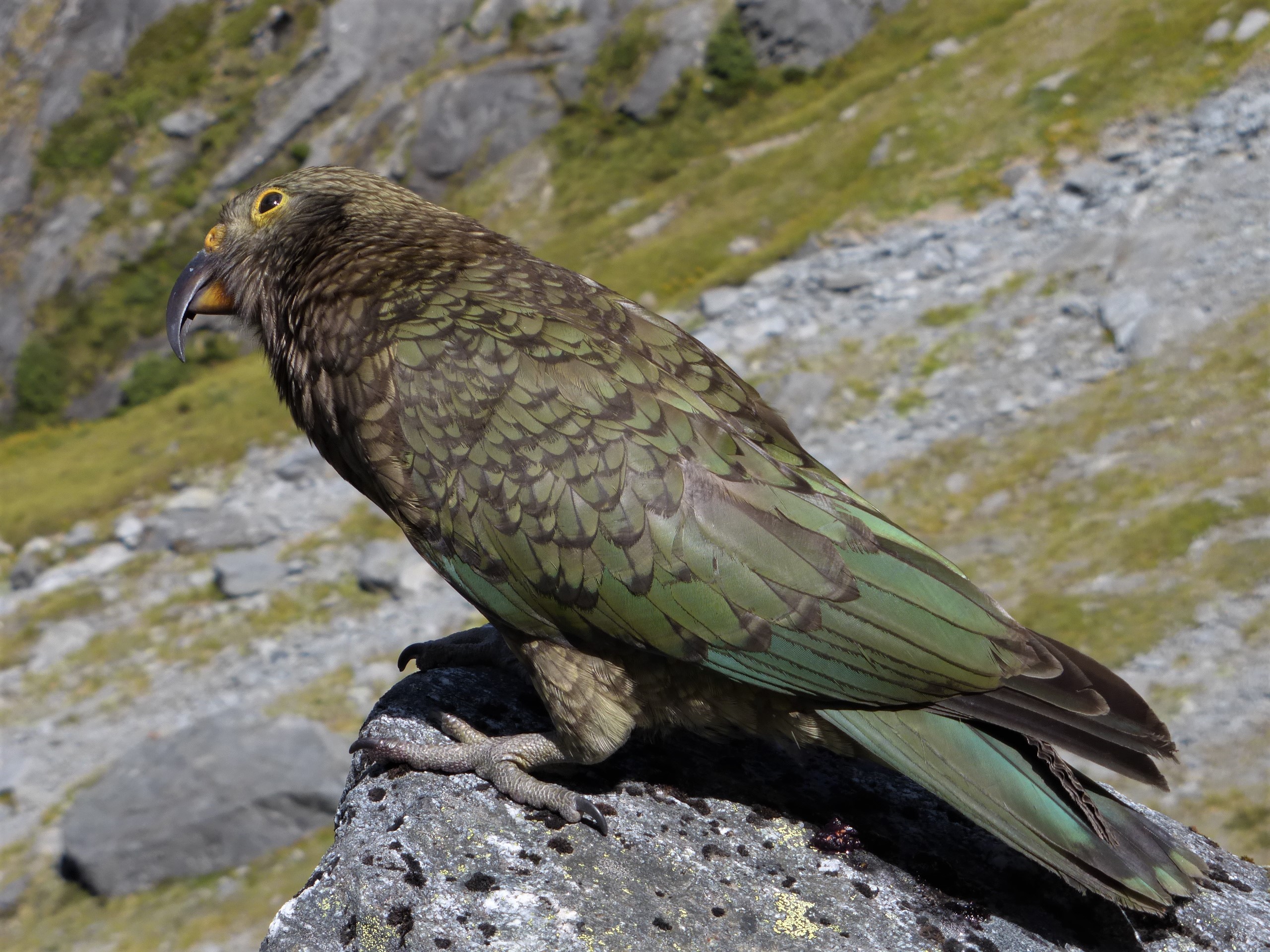The Aspiring Biodiversity Trust (ABT) rock wren/ pīwauwau monitoring programme commenced during 2017/2018 summer season with focal alpine basin sites at Lake Crucibel and Lake Castalia/ Upper Lucidus, east of the main divide (Southern Alps/ Tiritiri o te Moana).
This season (2020/2021) the ABT bird monitoring team have been progressing rock wren/ pīwauwau monitoring, branching out into extended alpine habitat (from the two original monitoring sites) to determine if rock wren are present. This important data is essential to gain a better understanding of current residual populations of this endangered alpine passerine within the project area and measure population changes over time to better inform and guide appropriate conservation management.

This season the team were fortunate to be able to investigate the North Siberia and Wonderland Valley.
ABT are pleased to report that breeding populations of rock wren were recorded for both the upper Siberia basin and for Wonderland Valley with family groups and fledglings noted.
The upper Siberia and Wonderland Valley have now been identified as new breeding sites for this endangered species, which is promising as Wonderland Valley was not covered by the last aerial pesticide application (during October 2019) as part of the Department of Conservation Battle for our Birds.
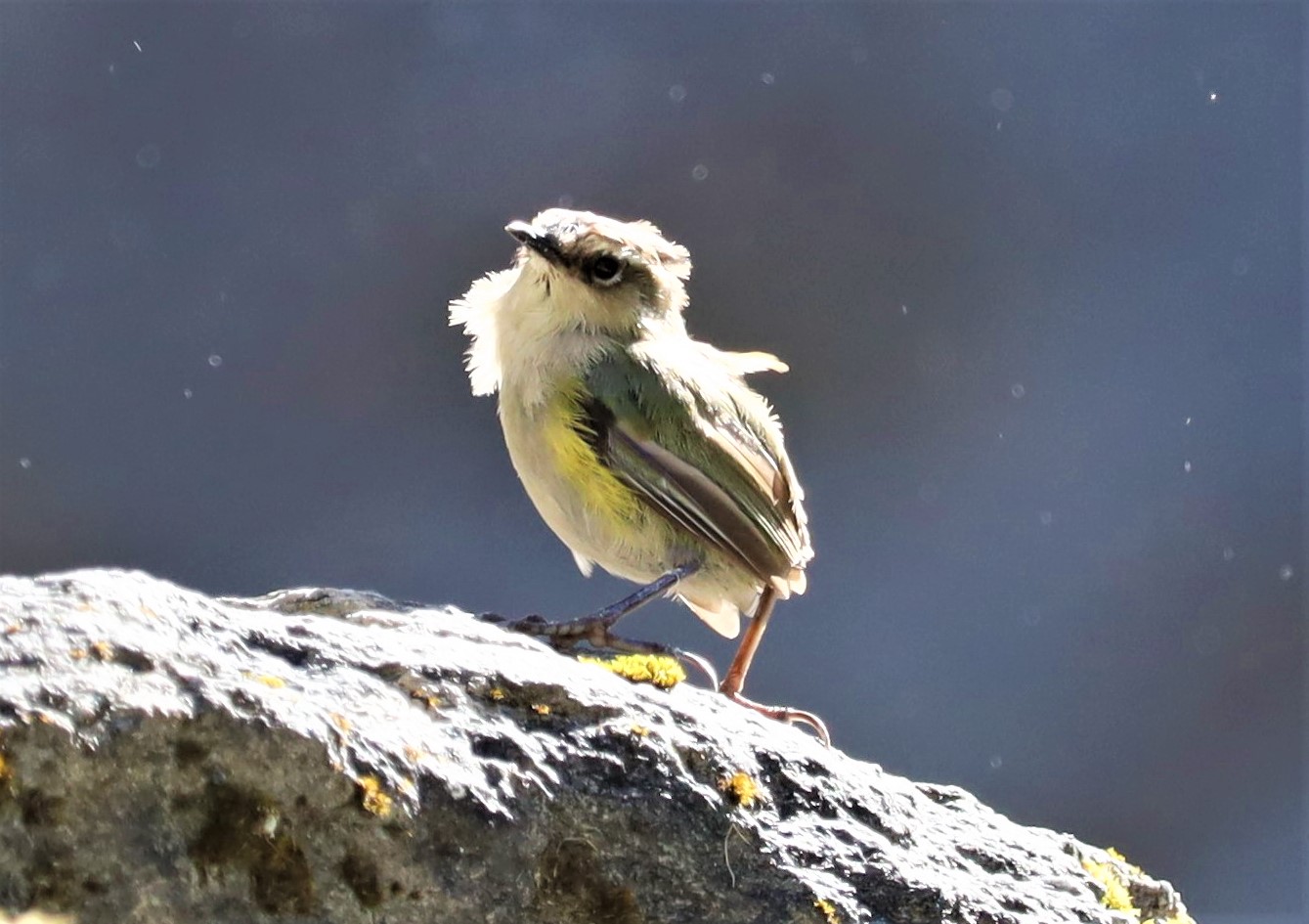
Survey methods involve 250m fixed transects identified within suitable rock wren habiatat where all birds seen or heard are recorded (as per DOC survey method based on a 2012 – 2018 rock wren study) and any behavioural observations noted.

At this time of the year rock wren are busy feeding up on plentiful invertebrates (including spiders, moths, butterflies, larvae, flies and some berries) before the winter draws in. At which point they are thought to remain in torpor. Individual birds during March were noted knocking their captured prey items against rocks to make them easier to consume. This could potentially explain some of the bill abrasions noted on a few of the colour banded birds previously captured.
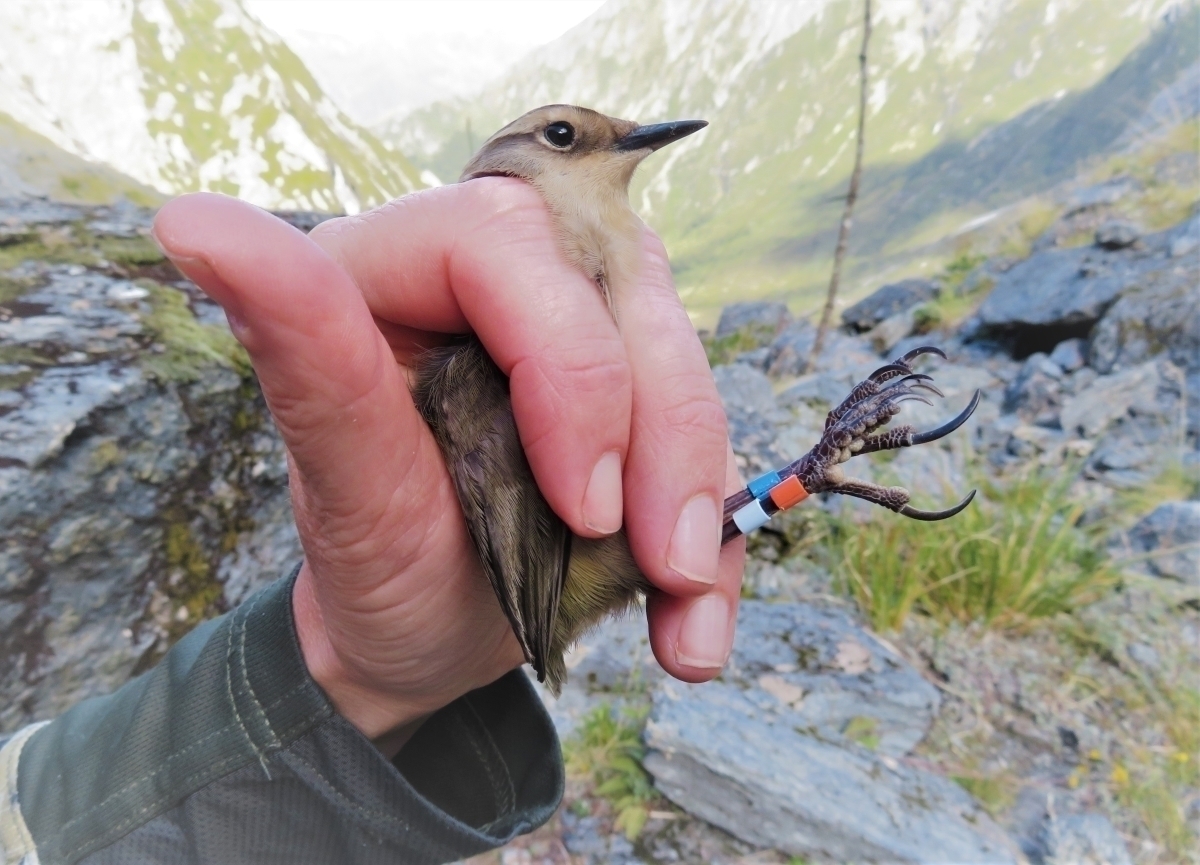
This female rock wren was in great condition with a good body weight of 19.5 grams and almost finished post-breeding moult. The females are known to be larger than the male birds which tend to weigh around 15.8 grams. Colour banding assits with identifying individual birds, their territories and provides information on fledgling success and dispersal. We hope to see this female with lots of fledglings next summer!
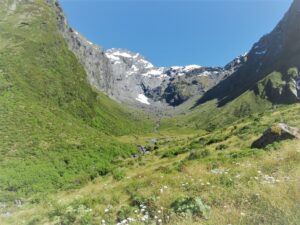
ABT installed and manage a programme of invasive predator control from ridge to river for protection of reminant populations of threatened species such as rock wren and also blue duck/ whio where habitats interconnect. This includes the application of Celium Remote Technology within alpine/ upper river areas to aid trap servicng efficiency in remote areas and provide information on predator activity during the winter. This work is ongoing with improved connectivity of trapline coverage as per funding allows.
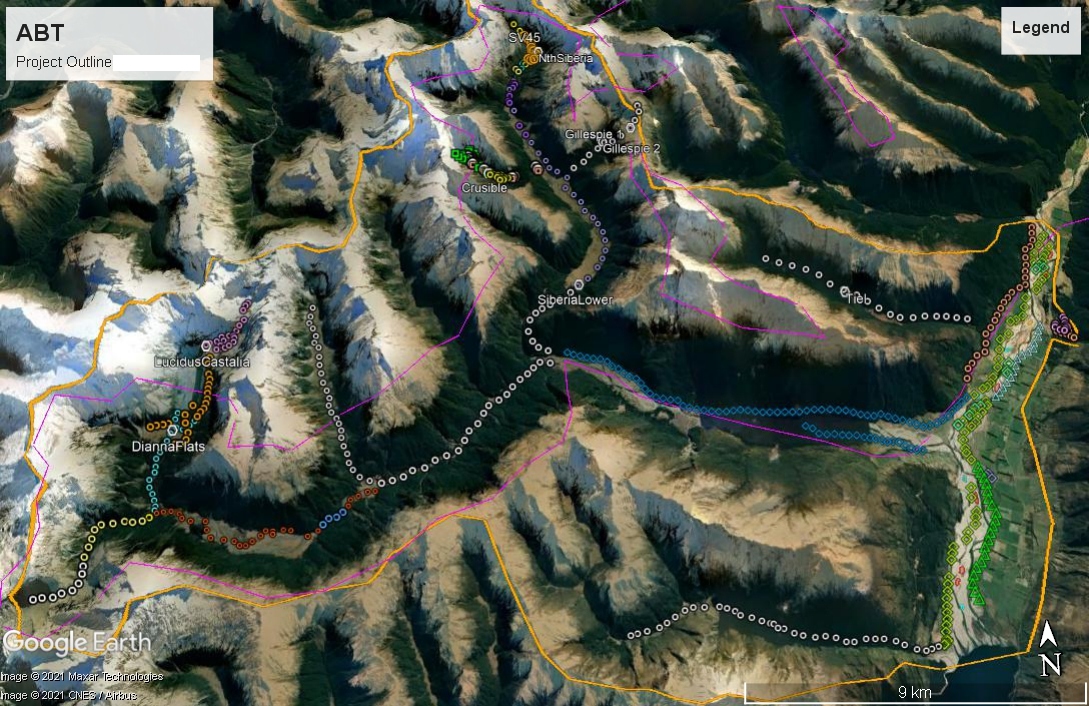
The Aspiring Biodviersity Trust threatened species programmes from ridge to river depend on a range of multiple funders, supporters and volunteers and are only viable through positive multi-collaboration (particularly locally but also national and international), dedication and passion for New Zealands indigenous biodiversity.
If you would like to help suport species like the alpine rock wren and see them flourish, please get in touch. We would love to hear from you!
ABT’s rock wren protection and restoration programme forms part of a broader threatened species project for the Makarora Catchment from “ridge to river” and is complementary to the Department of Conservation Predator Control Plan for Makarora and in alignment with NZ Biodiversity Strategy i.e. to maintain and restore viable populations of all indigenous species across their natural range and maintainance of their genetic diversity.
Reference
McNab, B K, Weston, KA (2020). The energetics of the New Zealand rockwren (Xenicus gilviventris): could a passerine hibernate? Journal of Experimental Biology 2020.
Monks J. M, O’Donnell C. F. J, Greene T. C, Weston K, A (2021). Evaluation of counting methods for monitoring populations of a cryptic alpine passerine, the rock wren (Passeriformes, Acanthisittidae, Xenicus gilviventris)
Weston, K A, O’Donnell C F J, van Dam-Bates P, Monks J M (2018). Control of invasive predators improves breeding success of an endangered alpine passerine. International Journal of Avian Science. Vol 160, Issue 4.



